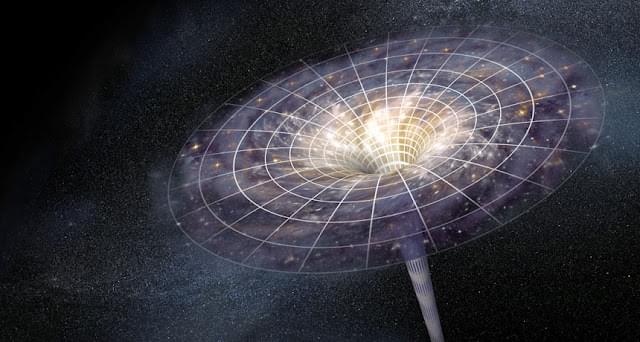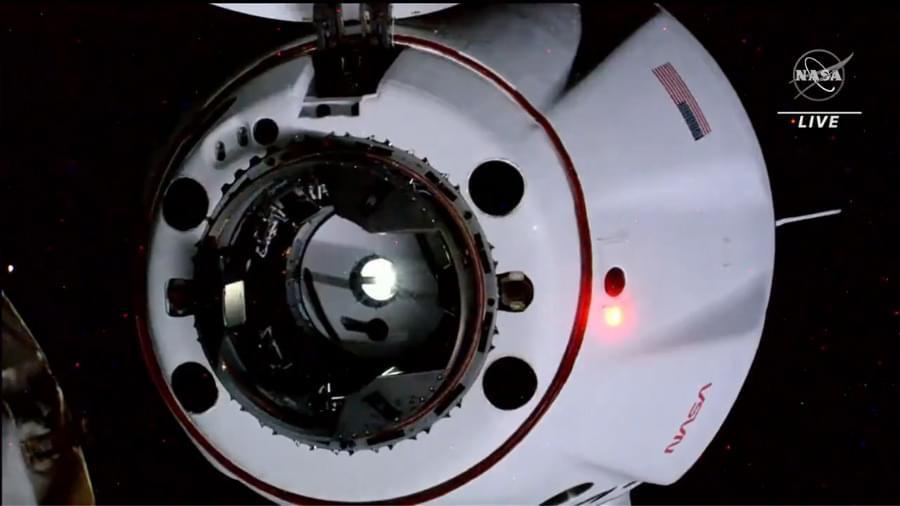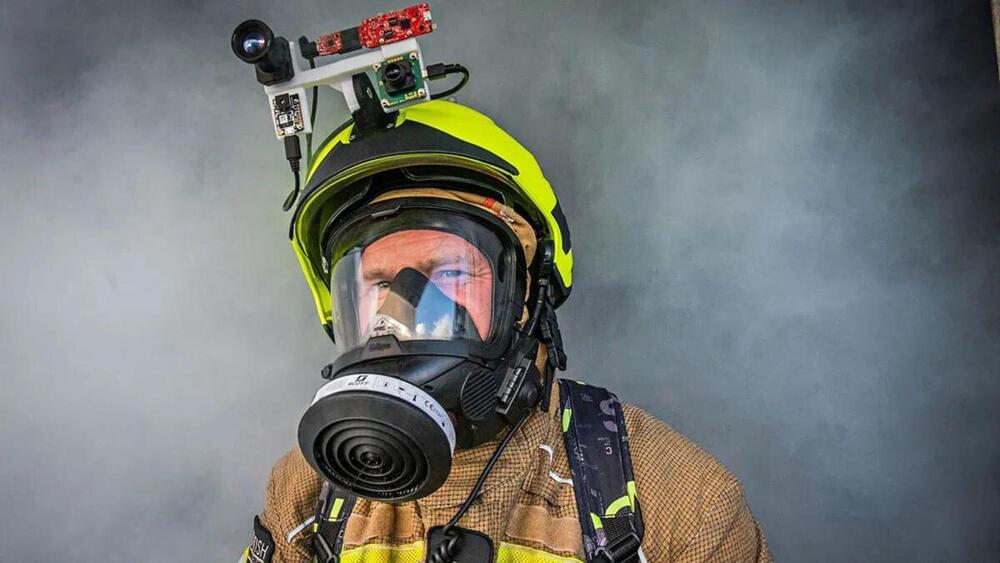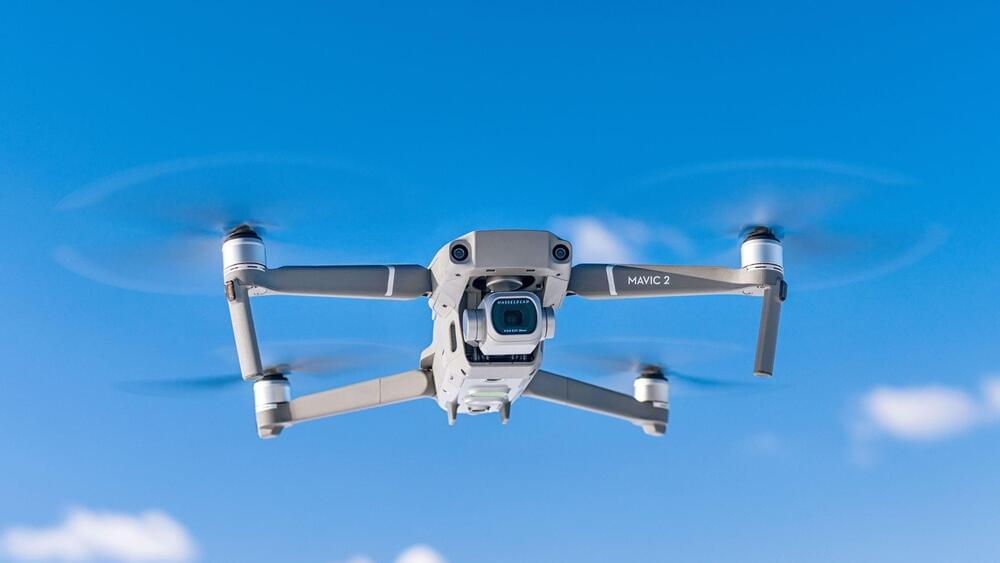There must be some intelligent life out there or else it’s a terrible waste of real-estate.
The question “where is everyone?” is the crux of the Fermi Paradox. If life on Earth is not particularly special and unique, where are all the alien civilizations? Many explanations have been proposed to explain why we seem to be alone in the vast universe. None have been 100 percent convincing, and people continue to puzzle over a solution.
Russian physicist Alexander Berezin, from the National Research University of Electronic Technology (MIET), has another idea. He calls it the “First in, last out” solution of the Fermi Paradox. He suggests that once a civilization reaches the capabilities of spreading across the stars, it will inevitably wipe out all other civilizations.
The grim solution doesn’t hypothesize a necessarily evil alien race. Simply, they might not notice us, and their exponential expansion across the galaxy might be more important to them than what would happen to us.







